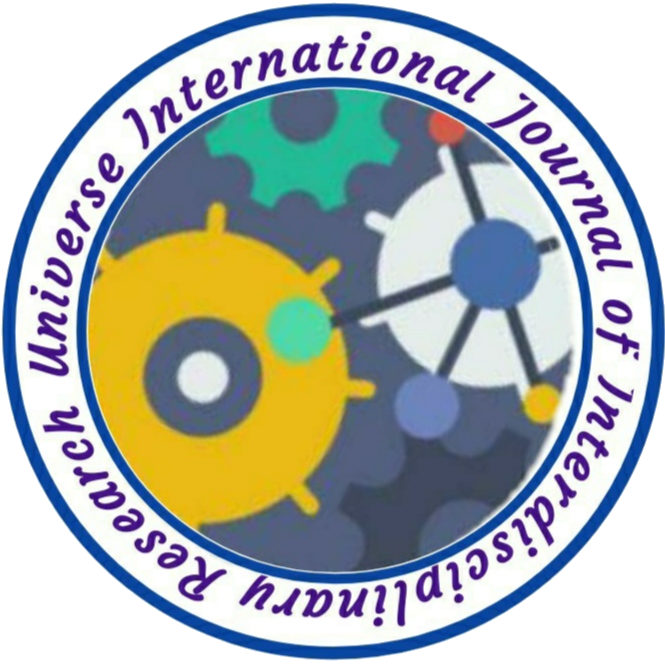BIOREMEDIATION OF HEAVY METAL FROM WASTE WATER USING ACTIVATED MAIZE COB AS BIOSORBENT
Author Name: *Nwojo P. Enyinnaya, **Chidinma Q. Kanu
Volume: 01 & Issue:
Country: NIGERIA
DOI NO.: NA, DOI Link: http://doi-ds.org/doilink/08.2020-25662434/
Affiliation:
- Department of Pure and Industrial Chemistry, Faculty of Science, University of Port, Harcourt, Port Harcourt, Nigeria.
- Department of Pure and Industrial Chemistry, Faculty of Science, University of Port, Harcourt, Port Harcourt, Nigeria.
Corresponding Email:nwojo.enyinnaya2@gmail.com
ABSTRACT
Activated maize cob (amc), an agro-waste was utilized as a biosorbent for the removal of Pb2+ and Cu2+ ions from simulated waste water. Batch experiments were conducted to determine the effects of varying contact time, initial metal ion concentration, adsorbent dosage, pH and temperature of adsorption on adsorption equilibrium capacity (qe) and percentage removal (% R). % R increases with increasing adsorbent dosage for the two metal ions. It also increases with increase in temperature from 20°C to 60°C for Cu2+ but decreases with temperature increase for Pb2+ in the same range of temperature. The maximum adsorption of Pb2+ was found to be 95.65% at contact time of 20 minutes while that of Cu2+ was found to 93.97 % at contact time of 30 minutes. Thermodynamic parameters such as ΔH and ΔS were determined. ΔH and ΔS for Pb2+ were -32.26 KJ/mol and -79.50 J/mol/K respectively while those of Cu2+ were 22.88 KJ/mol and 92.12 J/mol/K respectively. The kinetics of the adsorption mechanism of Cu2+ and Pb2+ on the adsorbents was evaluated using Pseudo-first order rate, Pseudo-second order rate, Elovich equation, power function and intra-particle diffusion and film diffusion. The results show that Pseudo-second order model provides a more appropriate description of the metal ions adsorption. Adsorption isotherms were determined and correlated using Langmuir, Freundlich, Harkins and Jura, Temkin, Halsey and Dubinnim-Radushkevich models. These morphological investigations by FTIR and SEM analysis showed that activated maize cob has active pores and ionisable functional groups at the surface which enhance its adsorption capacity. It is therefore concluded that locally available maize cob can be activated and used as sorbent for heavy metals (Pb2+ and Cu2+) removal, representing an effective and environmentally clean utilization of waste matter.
Key words: Copper, lead, activated maize cob, adsorption.

No comment